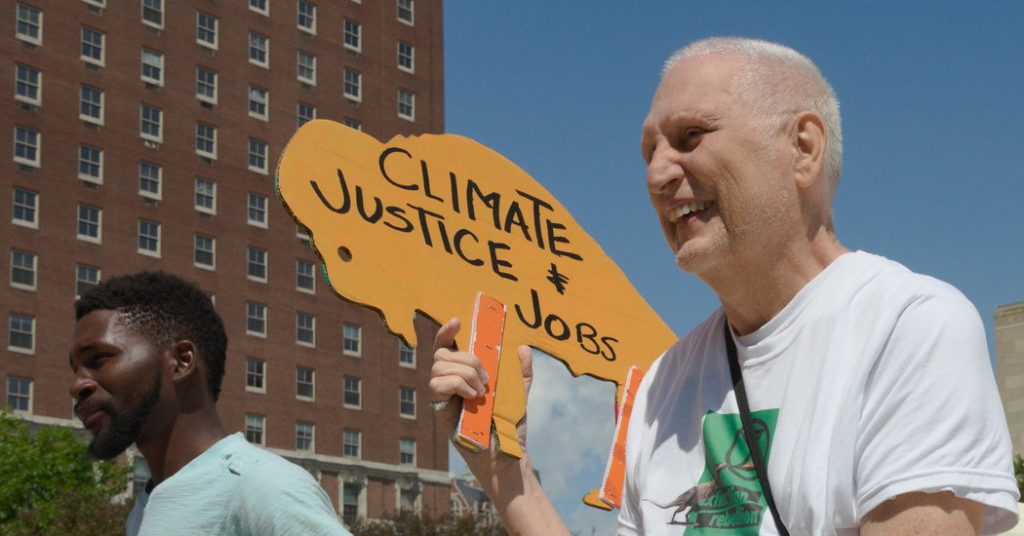OAKLAND, Calif. — President Trump aimed his Twitter feed on Tuesday toward a 75-year-old man who had been shoved to the sidewalk and badly injured by the police in Buffalo.
Mr. Trump speculated that the man, Martin Gugino, could be a provocateur affiliated with an anti-fascist movement. The president also wondered if the man had been trying to sabotage police equipment, or fell intentionally to generate outcry over police brutality.
The president’s tweet, which was not factual, provoked instant outrage. Many users wondered why Twitter, which last month said it had added labels to a handful of Mr. Trump’s tweets because they contained election misinformation and glorified violence, did not intervene.
The simple answer: The tweet did not violate the company’s rules, a spokesman said. What Mr. Trump posted about Mr. Gugino, a peace activist who was still in the hospital recovering from a serious head wound, did not cross into narrow areas of content that the company has staked out for closer scrutiny.
Twitter adds fact-checking labels to tweets that contain misinformation about civic integrity or the coronavirus, and tweets that contain “manipulated media,” like photos or videos that have been doctored to mislead viewers. It also places warnings on tweets from world leaders that violate its policy against promoting violence. Similar tweets from regular users are often removed.
No other content — even offensive or inaccurate claims like the ones Mr. Trump posted about Mr. Gugino — gets a label.
The disconnect between putting labels on some of Mr. Trump’s posts and ignoring arguably more offensive content is indicative of how difficult — and confusing — it will be for the company to more closely moderate what the president and other political figures post.
“This case absolutely illustrates the challenges Twitter is facing right now: How can, and how should, a platform moderate a president who regularly pumps polluted information into the ecosystem?” said Whitney Phillips, an assistant professor at Syracuse University. “No decision, whether it’s to respond or not to respond, will be consequence-free.”
Last month, Twitter began adding labels to Mr. Trump’s tweets. The company fact-checked comments he made about elections and placed a warning label over a tweet in which, it said, Mr. Trump glorified violence.
It was the first time that Twitter had taken any action against Mr. Trump, who has long enjoyed free rein on the platform and used it as his preferred method of lobbing insults against rivals and revving up his supporters.
Twitter’s move was met with anger from Mr. Trump and prominent conservatives, who said the company was censoring their voices. Mr. Trump signed an executive order intended to chip away at legal protections for Twitter and other social media companies. That order is already facing a lawsuit challenging its legality.
Twitter’s recent moderation of the president’s comments has brought heightened scrutiny to the social media company, with conservatives and liberals alike unearthing tweets they find offensive and questioning why Twitter has not acted on them.
Twitter has a number of rules governing content, and the company often tinkers with them, adding new rules or adjusting old ones. The frequent changes can generate confusion and show the challenges facing Twitter as it scrambles to keep up with high-profile users like Mr. Trump who frequently skirt its rules.
But Twitter is also on the hook for enforcing copyright and trademark. Last week, Twitter deleted a video posted by the Trump 2020 campaign because it had received a complaint from the copyright holder of a song used in the video.
